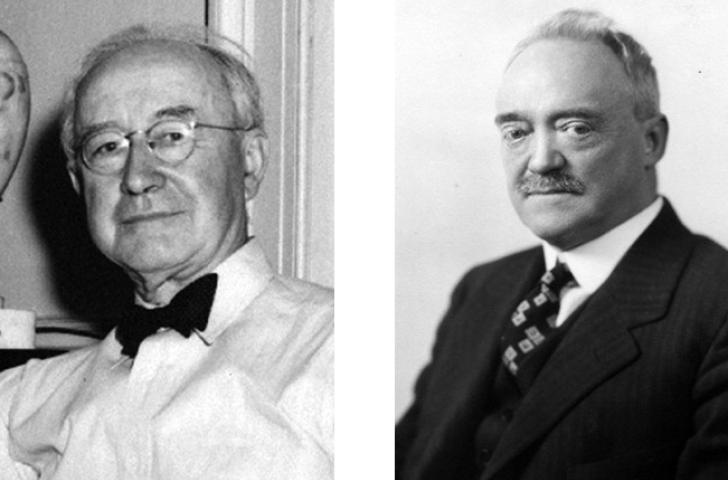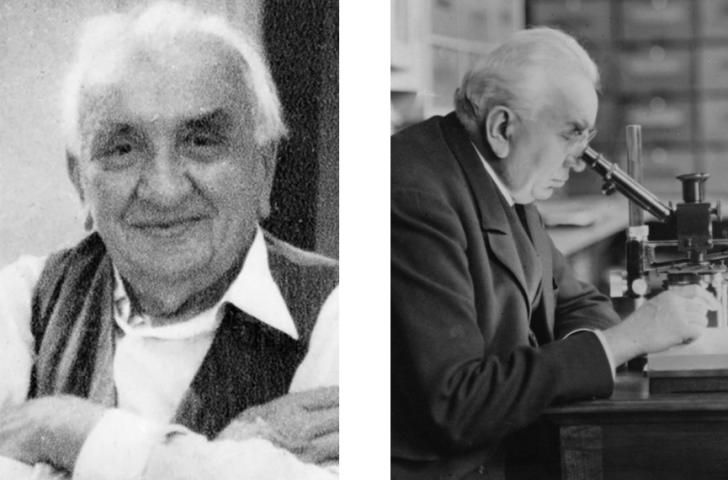7 Inspiring Inventors in Film
Inductee StoriesDate May 9, 2025
Est. Reading Time 2 mins
Movie nights are the best. With a cozy corner and your favorite snacks, movies unlock our imagination with compelling stories, stunning cinematography and special effects that immerse our senses. As you plan your next movie night with family or friends, diving into the history of film technology can help you learn about the imaginative inventors behind the cinematic experiences we love.
From nostalgic drive-in theaters to everyday streaming services, this National Classic Movie Day, we hope you enjoy your movie of choice made possible by incredible innovators. Read on to learn about a few of the National Inventors Hall of Fame® Inductees whose inventions have shaped the film industry.
Thomas J. Armat and Charles Jenkins
Inductees Thomas J. Armat and Charles Jenkins were key figures in the early development of cinema. Jenkins began experimenting with movie film in 1891, and he developed a movie projector called the Phantoscope. He and Armat collaborated to improve the projector, which was eventually sold to Inductee Thomas Edison and marketed under the name Vitascope. Edison’s company, the Edison Manufacturing Co., went on to popularize a new entertainment business: the motion picture industry.

Louis and Auguste-Marie Lumiere
Inductees Louis Lumiere and Auguste-Marie Lumiere, innovators in photography, designed a camera and projector apparatus called the Cinematographe. Patented in 1895, it became the basis for contemporary cinematic projection. Their invention enabled users to record, develop and project motion pictures with ease.

Garrett W. Brown
From wildlife documentaries to action movies, getting “the shot” is a universal goal among filmmakers. Inductee Garrett Brown invented the Oscar-winning Steadicam® camera stabilizer, allowing directors and cinematographers to capture previously impossible sequences. This technology allows camera operators to walk, run or climb stairs while keeping their shots looking smooth and controlled by absorbing any bumps.

Kristina M. Johnson and Gary D. Sharp
Do you love the thrill of 3D movies? Inductees Kristina M. Johnson and Gary D. Sharp invented polarization-control technology, which is used in most 3D digital cinema installations today. In 1995, they co-founded ColorLink, which in 2005 developed state-of-the-art polarization switches and provided eyewear used in the first 100 3D digital cinema installations. These systems, in combination with the movie “Avatar” in 2010, ignited the 3D industry.

Find More Inspiring Inductee Stories
Who knew that behind our favorite entertainment, there is such a rich history of innovation? Keep exploring our website to learn the inspiring stories of even more inventors across many different industries, from music to medicine and more!